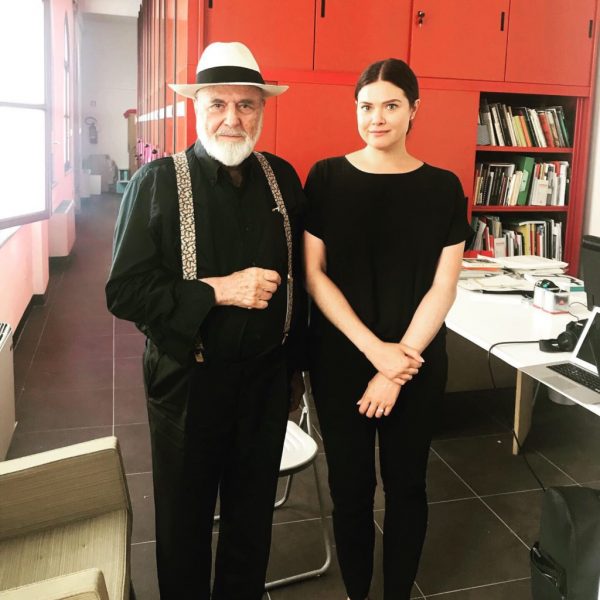
A Florida State University art history professor recently accepted an invitation to be the 2019–2020 Scholar in Residence at the Magazzino Italian Art Foundation, a museum and research center located just north of New York City.
Tenley Bick, an assistant professor of global contemporary art at FSU, is the first American to hold the residency.
The fellowship-residency will provide Bick with access to postwar and contemporary Italian art, scholarly literature, a community of researchers with shared interests, and the invaluable opportunity to continue revising her monograph on Italian artist Michelangelo Pistoletto for publication.
“As an art historian of postwar Italian art and global contemporary art, I am always thinking about creative practice on a local and global level, while questioning how art and art history have navigated, framed and shaped cultural politics in a variety of contexts,” Bick said.
Bick joined the Department of Art History at FSU in 2018. She specializes in modern and global contemporary art with a focus on post-WWII European art, especially Italian, and contemporary African art.
“In my research and teaching, I aim to think about how the study of Italian art and its reception in and outside of Italy can make us think differently about postwar and contemporary art and the discipline of art history more broadly,” Bick said.
Her current book project, “Figure as Model: Michelangelo Pistoletto and the Italian Avant-Garde in the Global Sixties,” examines the work of the contemporary Italian artist within the politicized cultural contexts of post-WWII Italy and Europe and against the broader geopolitical horizon for art of the 1960s.
“I share Magazzino’s dedication to fostering the study of postwar and contemporary Italian art outside of Italy — especially in the United States — and look forward to conducting my research in the presence of works of art that can teach us so much,” Bick said.
Bick, who has previously conducted research in Italy and Ethiopia, is also working on a second book-length project on African arts and Italian colonialism.
The Magazzino Italian Art Foundation is a museum located in Cold Spring, New York, devoted to Italian postwar and contemporary art. The Magazzino, meaning warehouse in Italian, was co-founded by Nancy Olnick and Giorgio Spanu.
Designed by Spanish architect Miguel Quismondo, the 20,000-square-foot structure was completed in June 2017 and serves as a resource for scholars and students, offering an extensive library and archive of Italian art.
Under the guidance of Director Vittorio Calabrese, his team and its curatorial programs, Magazzino Italian Art bridges collaborations between American and Italian institutions not only to support contemporary Italian artists but also to foster discussions on Italian postwar and contemporary art in the United States.
For more information about the College of Fine Arts and the Department of Art History, visit cfa.fsu.edu.
For more information about the Magazzino Italian Art Foundation, visit magazzino.art.



